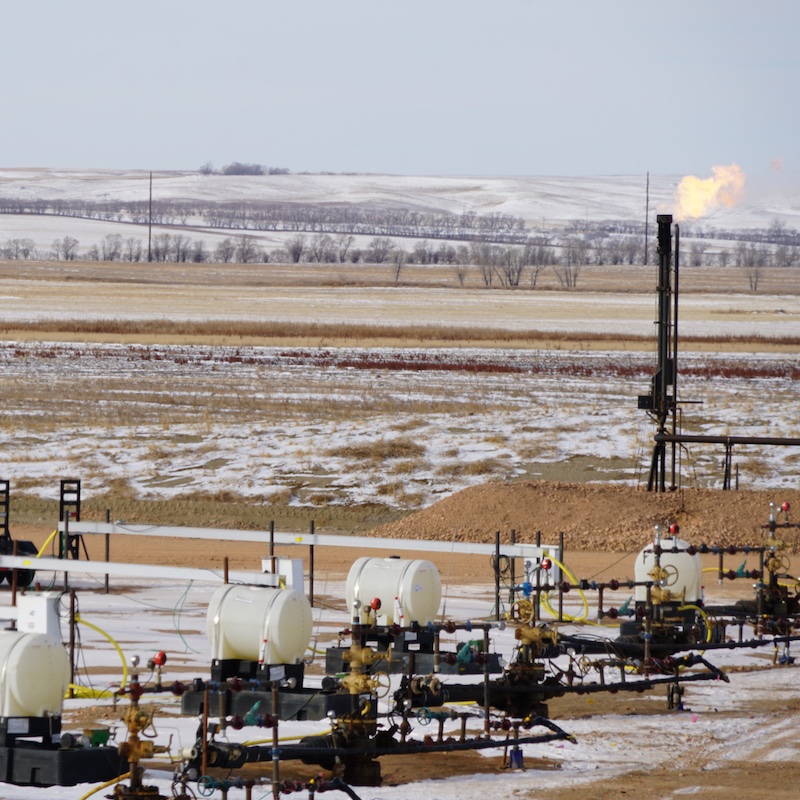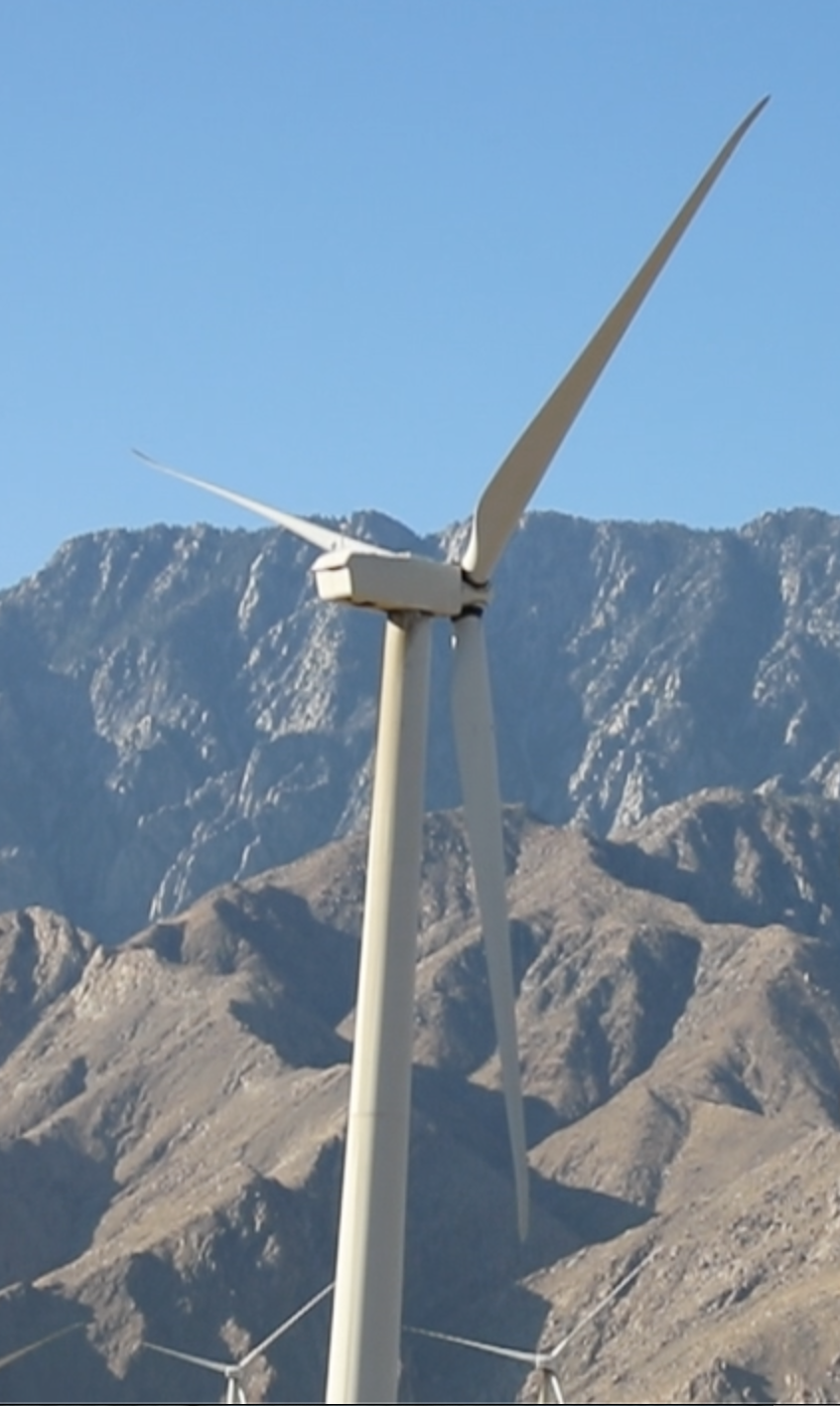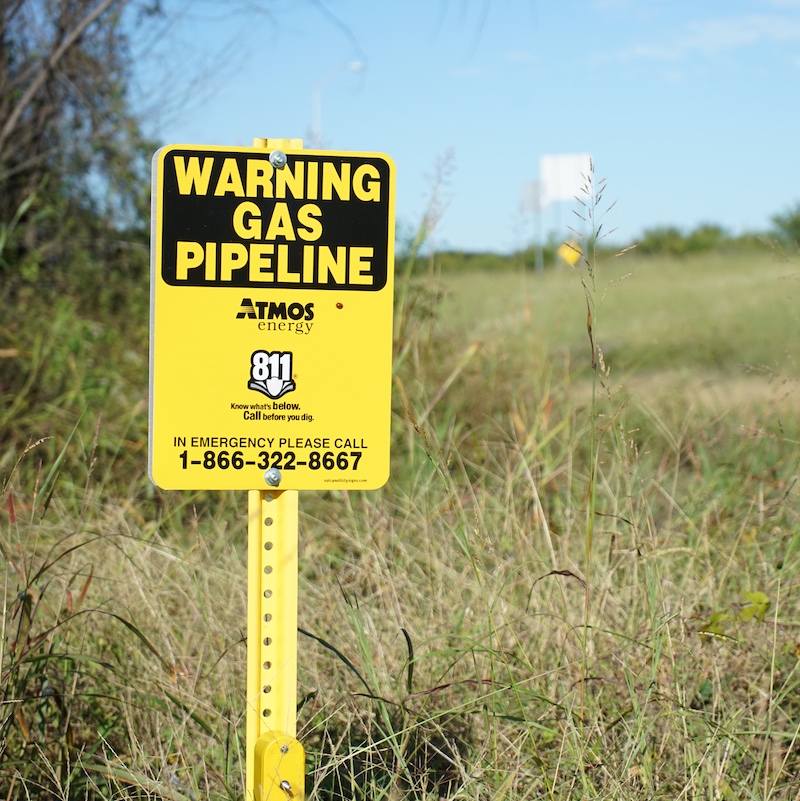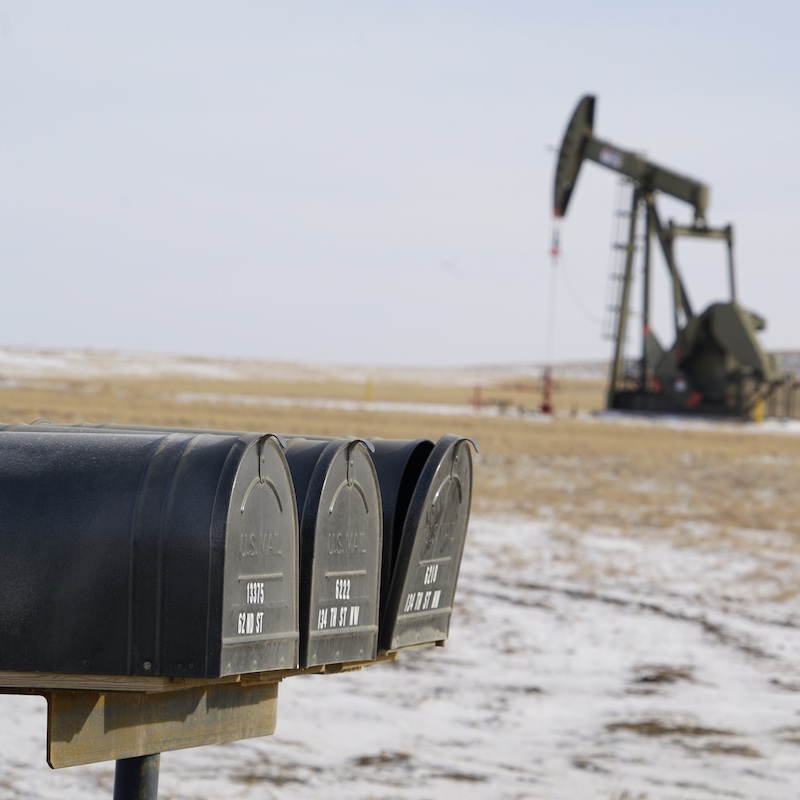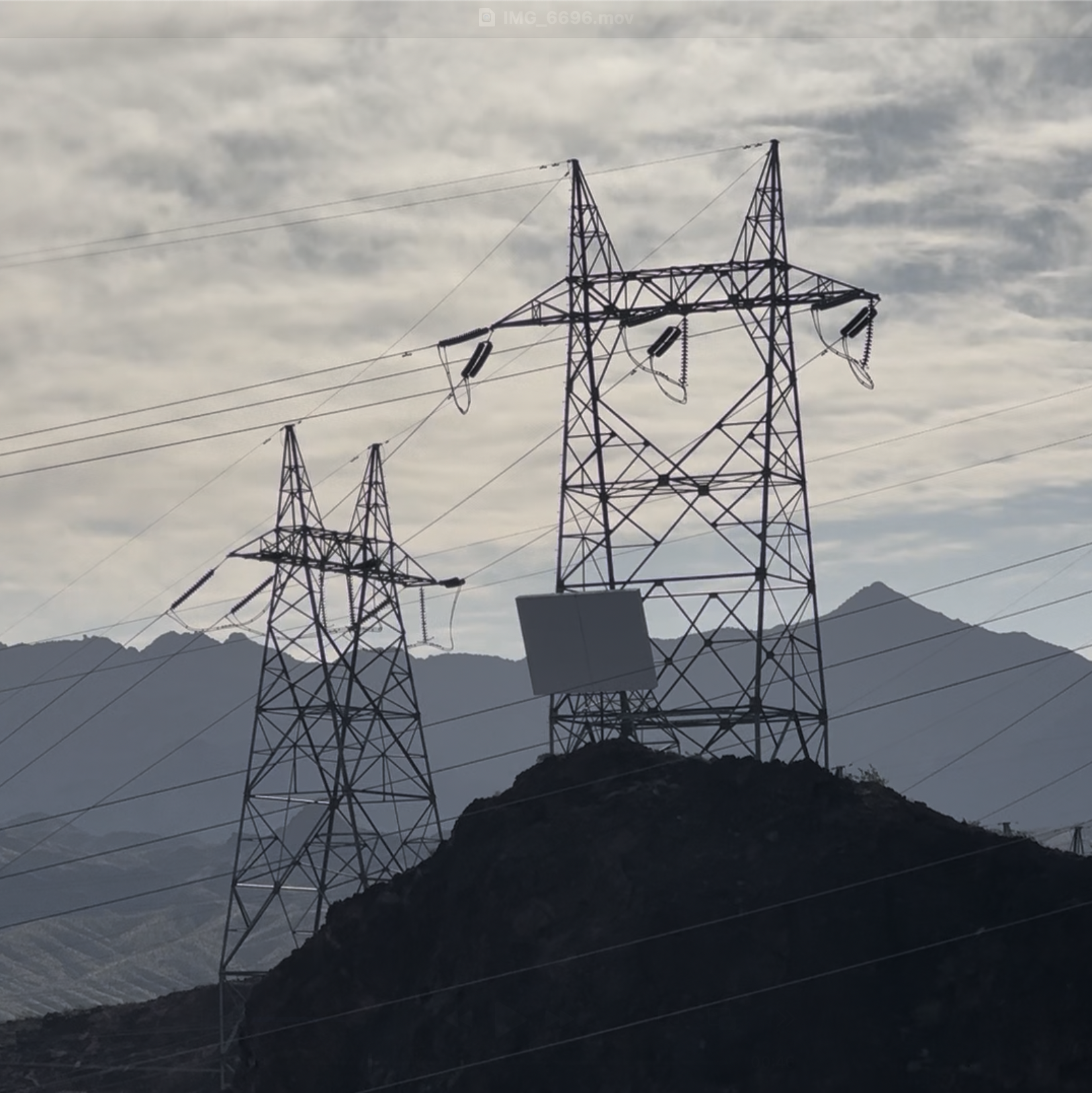Fossil/Futures
Women, Photography, and Powering the Environment
A Landscape Stories Interactive Documentary
The Project
Fossil/Futures experiments with merging oral history interviews, game-style play, and journalistic storytelling in an interactive format.


The Oral Histories
The interviews are part of a larger archive of women who photograph the environment, housed at Baylor University’s Institute for Oral History.
The Question
Can interactive storytelling and personal narratives help people better care about complex and often controversial or divisive issues?
The Background
In 2017, Director Kathleen M. Ryan and Research Director Elizabeth Skewes received a grant from the National Association of Broadcasters Pilot Innovation Program to test using low-cost and publicly-available interactive storytelling platforms in journalistic formats. The focus? The impacts of traditional oil and gas extraction on the land as well as the expansion of alternative energy options. The goal was to see if interactivity could help increase audience understanding of complex issues in an increasingly polarized news landscape, especially when combined with personal narratives found in oral history interviews.
Want to Hear From the Women First?
The Oral History Interviews
Nina Berman
Nina Berman is a New York City-based photographer whose project “Fractured: The Shale Play” investigated the impacts of extraction in Pennsylvania.
Amanda Brietbach
Montana native Amanda Breitbach photographs spaces that are considered “empty” or “desolate by many. She’s currently based in Texas.
Sarah Christianson
Sarah Christianson’s explorations of human impacts on the environment included her family’s historical lands and mineral rights in North Dakota.
Terry Evans
Terry Evans’ work focuses on the Midwestern United States. She was drawn to the North Dakota hydraulic fracturing boom and its consequences.
Laura McPhee
In “Desert Chronicle,” Laura McPhee traces the ways humans use, and misuse, the fragile landscape found in the Western United States deserts.
Jeanine Michna-Bales
When earthquakes tied to oil and gas extraction came to Jeanine Michna-Bales hometown of Dallas, she decided to trace their locations across the region.
Martha Rial
Pulitzer Prize-winning photographer Martha Rial joined the Marcellus Shale Documentary Project tracking fracking in Pennsylvania.
Victoria Sambunaris
In “Taxonomy of a Lanscape,” Victoria Sambunaris criss-crossed the North American continent, including a stop at the Houston Ship Channel.
The Process
The Project Components
We began our reporting in North Dakota, following two women who photographed at the same family farm and ranch impacted by hydraulic fracturing. Focus group testing led us to zero in on using the online interactive format, as opposed to virtual or augmented reality. Focus groups also told us to lean into techniques used by video gaming, letting people “play” the story.
The Game

Three sections of the i-doc are structured as a game, where users can explore different scenarios to test their knowledge about oil and gas extraction and how age, where someone lives, political outlook, and other demographic information impacts perspectives.
The Interviews

The i-doc not only includes edited oral histories with eight different photographers looking at the environmental impacts of the United States oil and gas industry in six states (Colorado, Montana, Nevada, North Dakota, Pennsylvania, Texas), but also features expert interviews.
The Reporting

The team traveled to California, Colorado, Nevada, New Mexico, North Dakota, and Texas for on-the-ground footage for its coverage. Contemporary statistics and historical data and interviews were also included as part of the storytelling.
Ready to experience the interactive documentary?
Optimised for Chrome and Safari
